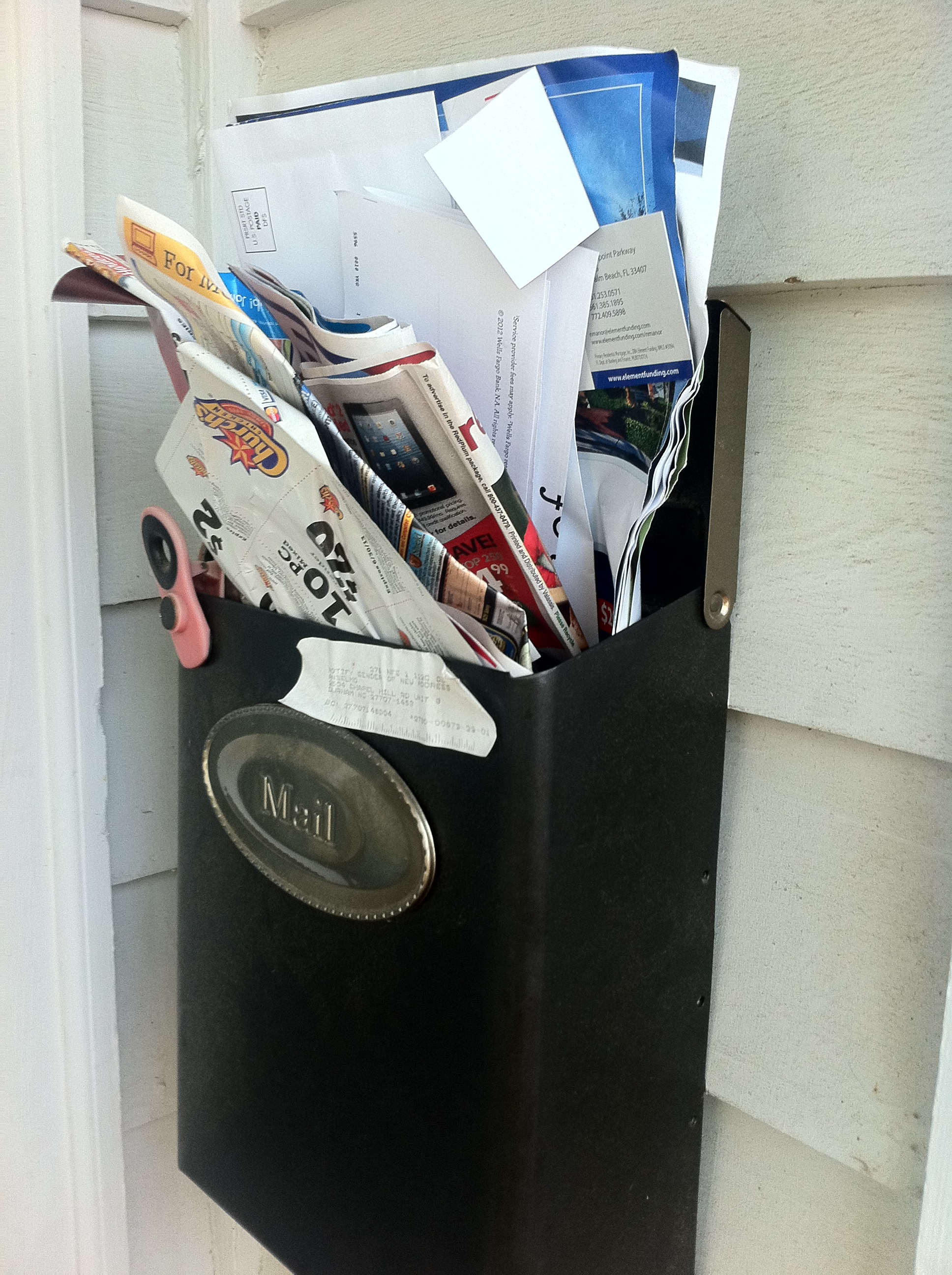 SPAM. Unsolicited emails. Unpersonalized invitations. Untargeted press releases.
SPAM. Unsolicited emails. Unpersonalized invitations. Untargeted press releases.
Odds are you received some of these types of communication in the last couple of hours. You may have received a message that might have the appearance of being personalized, yet a quick scan shows that it was the simple use of a mail merge. I receive all too many of these types of messages, and I find it mind boggling in a social era in which relational transactions prevail.
According to Forrester Research, 70% of US online adults trust brand or product recommendations from friends and family; 46% trust consumer-written online reviews; while just 10% trust ads. Yet still, many brands are still living in a period in which they think unsolicited messages positively influence consumers.
I continue receiving unsolicited, impersonal correspondence from a particular hotel brand where I stayed a year ago. I had a positive experience at the hotel, but this brand would be far better off devising strategies to connect with consumers such as myself on a personal level. Find out something about me based on my previous experience with your brand and send me a targeted message. If you don’t have the means to put that type of effort into consumers such as myself, then that is fine and understandable, but then don’t send me things I don’t want. It only decreases any positive perception. This particular hotel brand would be better off providing a first class service to others guests and intimately understanding their experiences. These same guests will then – potentially – write positive reviews and thus influence my and other consumers in the future.
In my role as a public relations professional, one of my stakeholder groups is journalists. Several years ago when I first started working in higher education communications, I would send out my schools periodical newsletter to journalists via a mass mailing without a personalized note. I heard crickets. I then learned from others and came to the conclusion that rather than sending to the masses and hearing nothing, it would be better to focus on a select group with personalized messages.
Now when I send this particular newsletter, I always include a personalized note. I will highlight the piece of content that would be most relevant to the particular journalist based on my understanding of his or her beat. Often times I will get responses back in which the journalist will ask me to assist him/her for an entirely different story. That is all part of the goal of building positive media relationships, and so I view this particular form of communication as a valuable touchpoint. I should also mention that when I first send this newsletter out to this group, I mention that I will only continue sending it if they are interested. Thus, they can opt out to ensure that I won’t be sending them unwanted communications that only clutters their inboxes.
This relational form of communication not only applies to public relations practitioners, but most any other professional. You buy a new car not from a dealership or a brand per se, but rather through a particular sales person. You don’t solve customer service issues talking to the telephone recording, but rather an individual. You connect with others on social media not to be spammed, but to engage, learn and network. Corporate relations isn’t done brand to brand but ultimately person to person.
In our fast paced work environments, the urge is to get information out quickly to as many as possible. Resist the temptation to impact the masses and instead think about what you can do to deepen relationships and establish win-win collaborations on a 1-to-1 basis. I believe it will help reach business objectives more effectively. And for me, developing personal relationships is a far more rewarding and enjoyable experience!
